Retro Replay Review
Gameplay
The core gameplay of Kef-Li Learns Hebrew revolves around exploration and interaction. You journey through six distinct areas of a summer camp, each brimming with clickable objects that reveal their Hebrew names when activated. Once you’ve discovered all the vocabulary items in an area, a short quiz—typically multiple choice—appears to test your retention. Successfully answering the questions rewards you with one of the six keys needed to unlock the mysterious treasure chest discovered at the start.
(HEY YOU!! We hope you enjoy! We try not to run ads. So basically, this is a very expensive hobby running this site. Please consider joining us for updates, forums, and more. Network w/ us to make some cash or friends while retro gaming, and you can win some free retro games for posting. Okay, carry on 👍)
What sets this title apart is how it blends a light narrative with a clear learning loop. Kef-Li, the cheerful pink blob, serves as both guide and motivator, offering encouraging feedback when you succeed and gentle hints if you struggle. The quizzes adapt in difficulty: early rounds focus on basic nouns, while later areas introduce slightly more challenging words and simple phrases, keeping the experience engaging for learners with some existing Hebrew knowledge.
Replayability is driven by the desire to perfect your scores and shave seconds off your exploration times. If you miss a word, you can revisit an area at any time, and the game tracks which objects you’ve already clicked. This loop of discovery, assessment, and reward makes Kef-Li Learns Hebrew feel more like a lighthearted adventure than a drill-focused language tutor.
Graphics
Kef-Li Learns Hebrew sports a vibrant, cartoonish art style that’s both inviting and functional for its educational aims. The camp’s six areas—ranging from a lakeside dock to a wooded archery range—are illustrated with bright colors and clean lines, ensuring objects of interest stand out clearly against the background. This clarity is crucial when you’re searching for hidden vocabulary items.
Character design is simple but expressive. Kef-Li’s round, pink form and wide smile make it instantly endearing, and its subtle animations—like bobbing excitedly when you click the right object—add personality without distracting from your learning. The UI overlays, such as click indicators and quiz menus, are intuitive, using easily recognizable icons and legible Hebrew lettering paired with transliteration when needed.
While the graphics won’t rival big-budget titles, they serve their purpose exceptionally well. The minimalistic interface avoids clutter, and visual cues guide players seamlessly from exploration to assessment. Overall, the art direction strikes a commendable balance between playful aesthetics and functional design for language acquisition.
Story
The narrative frame of Kef-Li Learns Hebrew is straightforward: you arrive at a Ramah camp, discover a locked treasure chest with six keyholes, and embark on a mission to find all six hidden keys by mastering Hebrew words. Although the title suggests Kef-Li is the student, it quickly becomes clear that our pink protagonist is your teacher, flipping expectations in a playful twist.
Each camp area is given a light thematic backstory—whether it’s the arts and crafts hut, the nature trail, or the cabin kitchen—to justify the vocabulary you’ll encounter. For example, clicking on the picnic basket in the dining hall reveals the Hebrew word “סל פיקניק” (sal piknik), while the archery range introduces terms like “קשת” (keshet) for bow and “חץ” (chets) for arrow. These situational contexts reinforce memory by tying each word to a vivid location and scenario.
Though the plot remains intentionally simple, it provides enough motivation to keep you moving forward. The promise of unlocking the treasure chest instills a satisfying sense of progression, and Kef-Li’s upbeat commentary injects humor and encouragement. Even if you’re primarily focused on language learning, the story beats give each activity a sense of purpose beyond rote memorization.
Overall Experience
Kef-Li Learns Hebrew delivers a charming and effective introduction to Hebrew vocabulary, particularly suited for learners with a basic foundation who want to expand their word bank in a fun, interactive setting. The mixture of exploration, quizzes, and light narrative ensures the learning process feels like play rather than a chore, making it ideal for both younger students and adults seeking a casual lesson.
Strengths of the game include its clear visual design, pleasant pacing, and immediate feedback system. The six-area structure provides manageable learning segments, preventing overwhelm and encouraging completion. Sound effects and playful animations keep the atmosphere light, fostering a low-pressure environment where mistakes are simply part of the learning curve.
While Kef-Li Learns Hebrew excels at teaching vocabulary, those seeking in-depth grammar instruction or conversational drills may find it lacking. However, as a supplemental tool or a first step toward greater fluency, it shines. Prospective buyers looking for an engaging, approachable way to reinforce Hebrew words will find much to enjoy in Kef-Li’s camp adventure.
 Retro Replay Retro Replay gaming reviews, news, emulation, geek stuff and more!
Retro Replay Retro Replay gaming reviews, news, emulation, geek stuff and more!
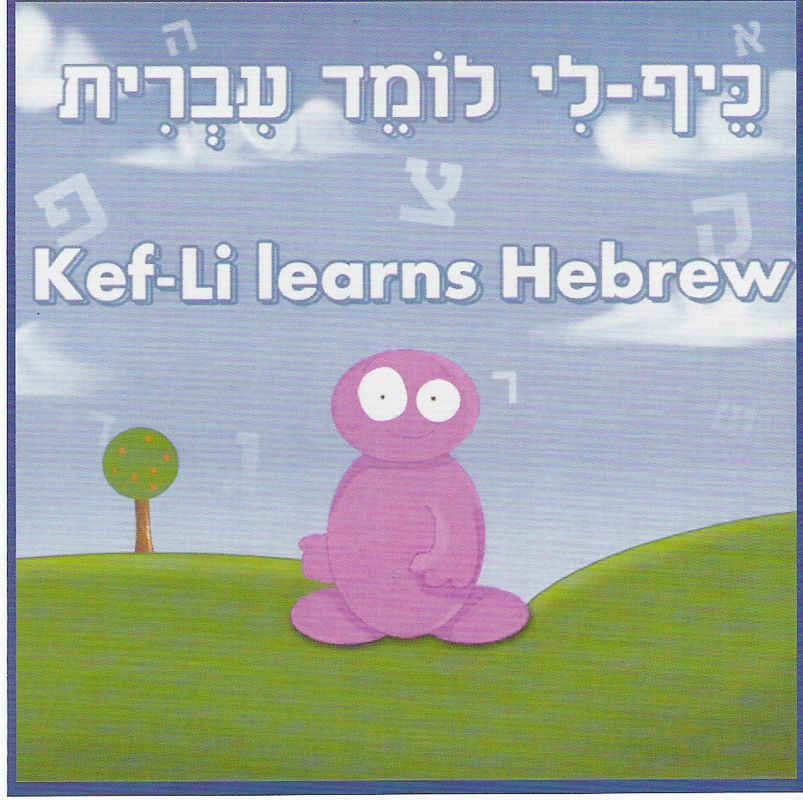
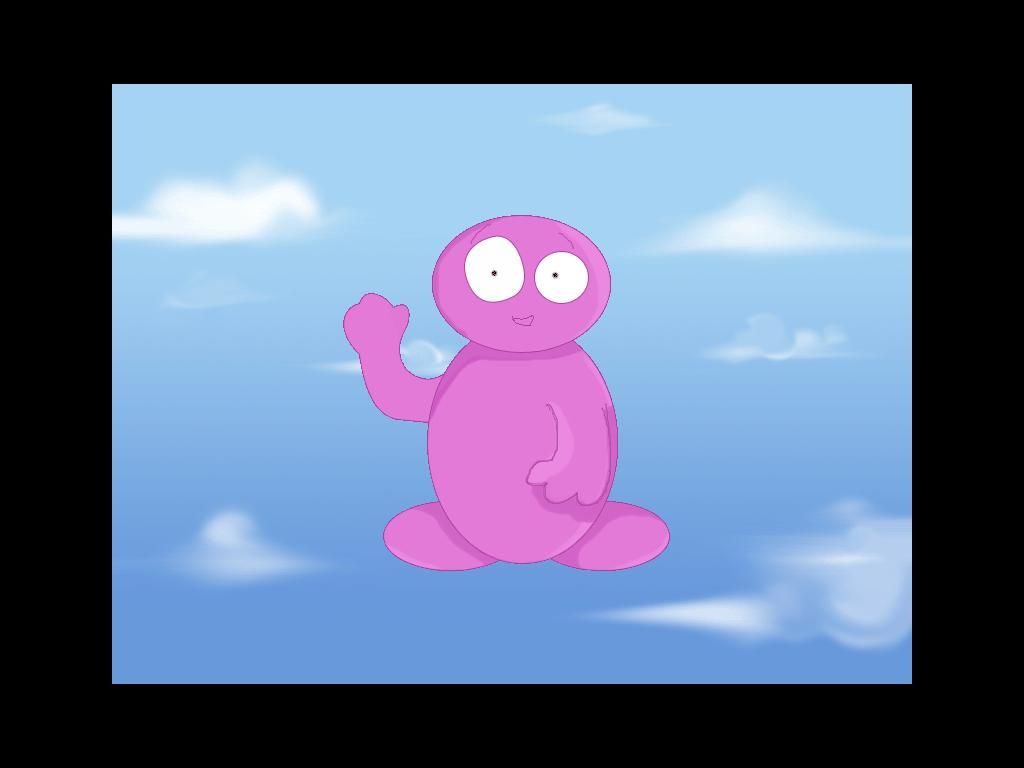
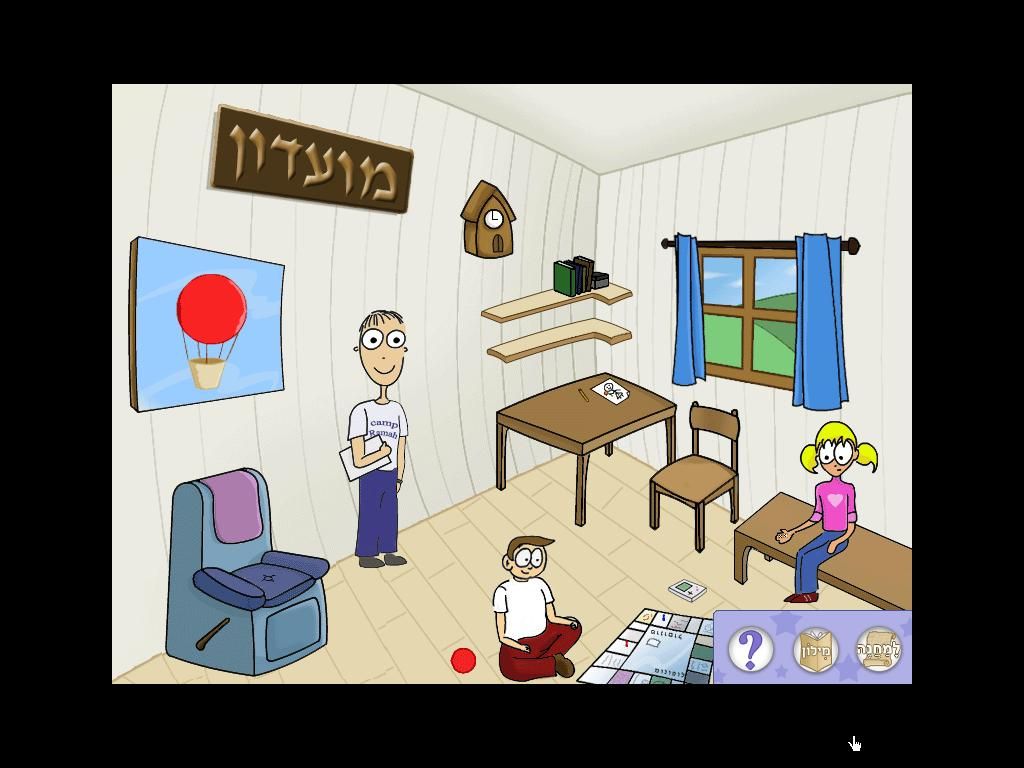
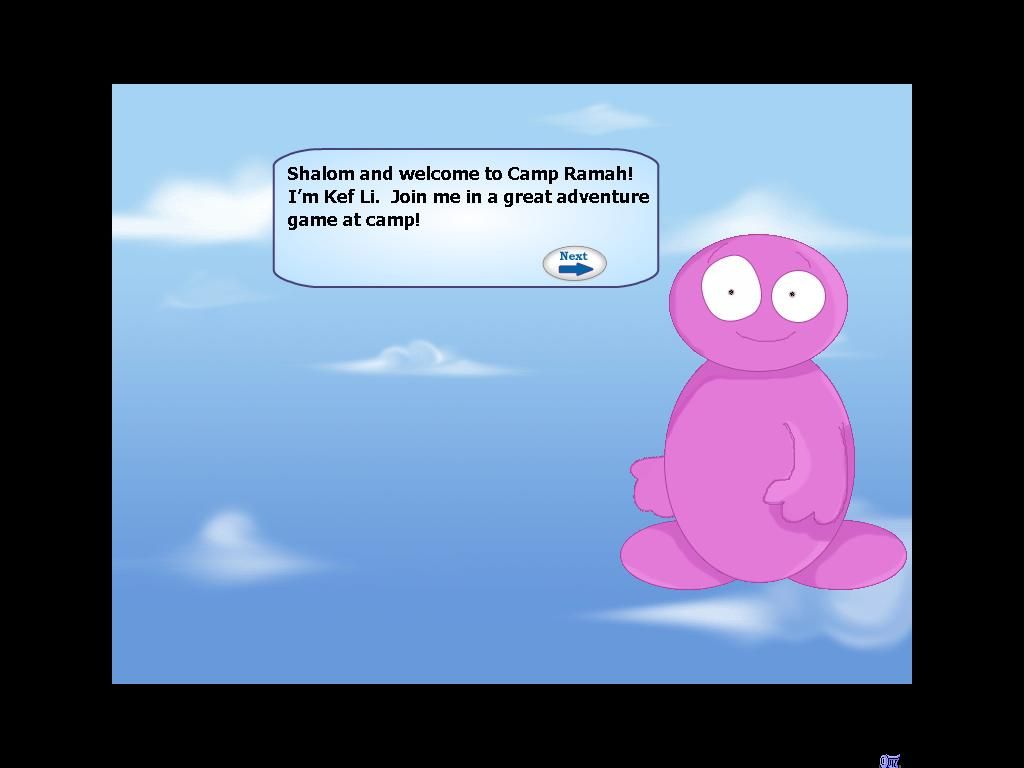
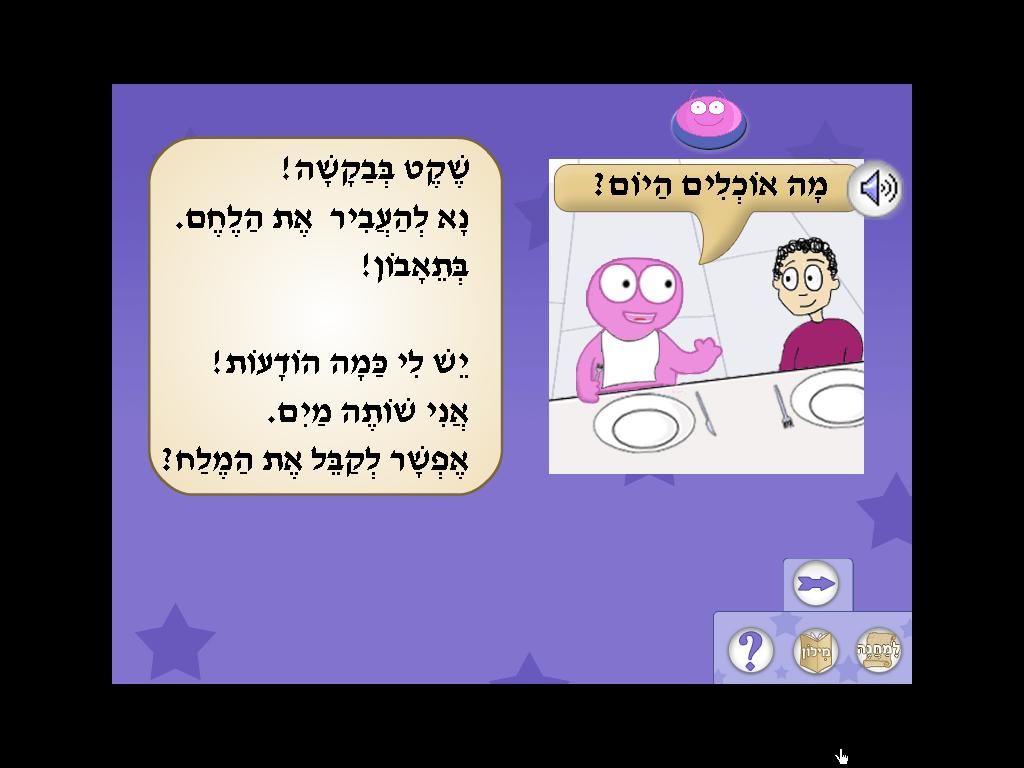
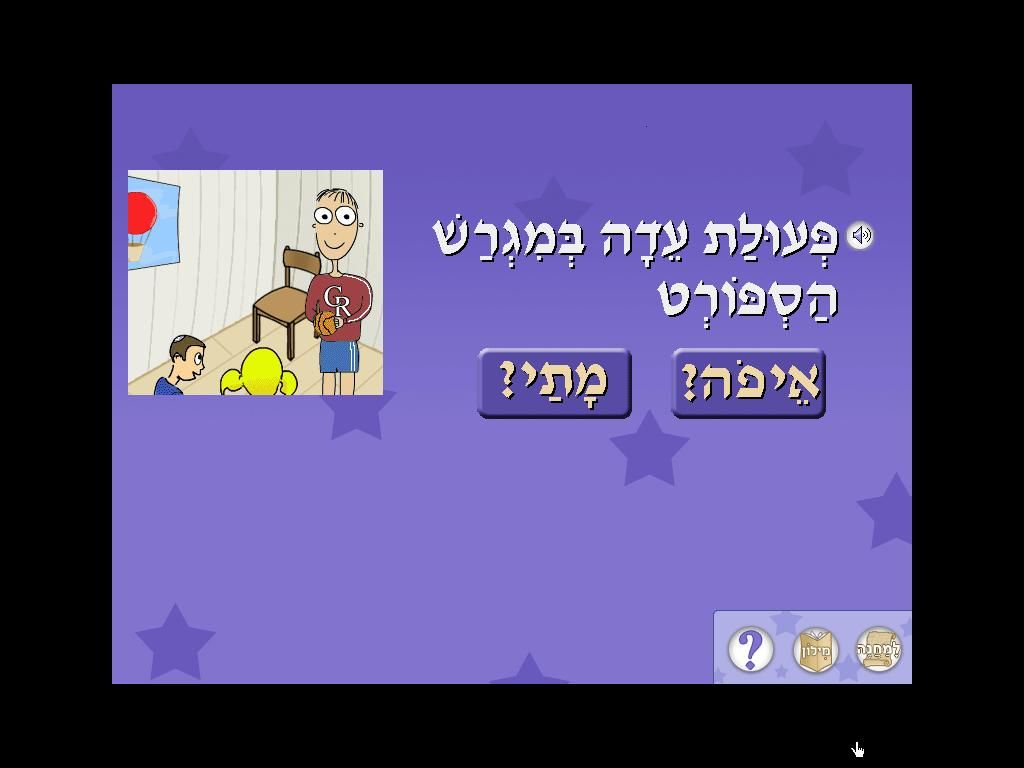



Reviews
There are no reviews yet.